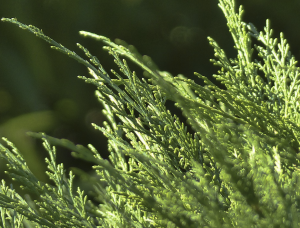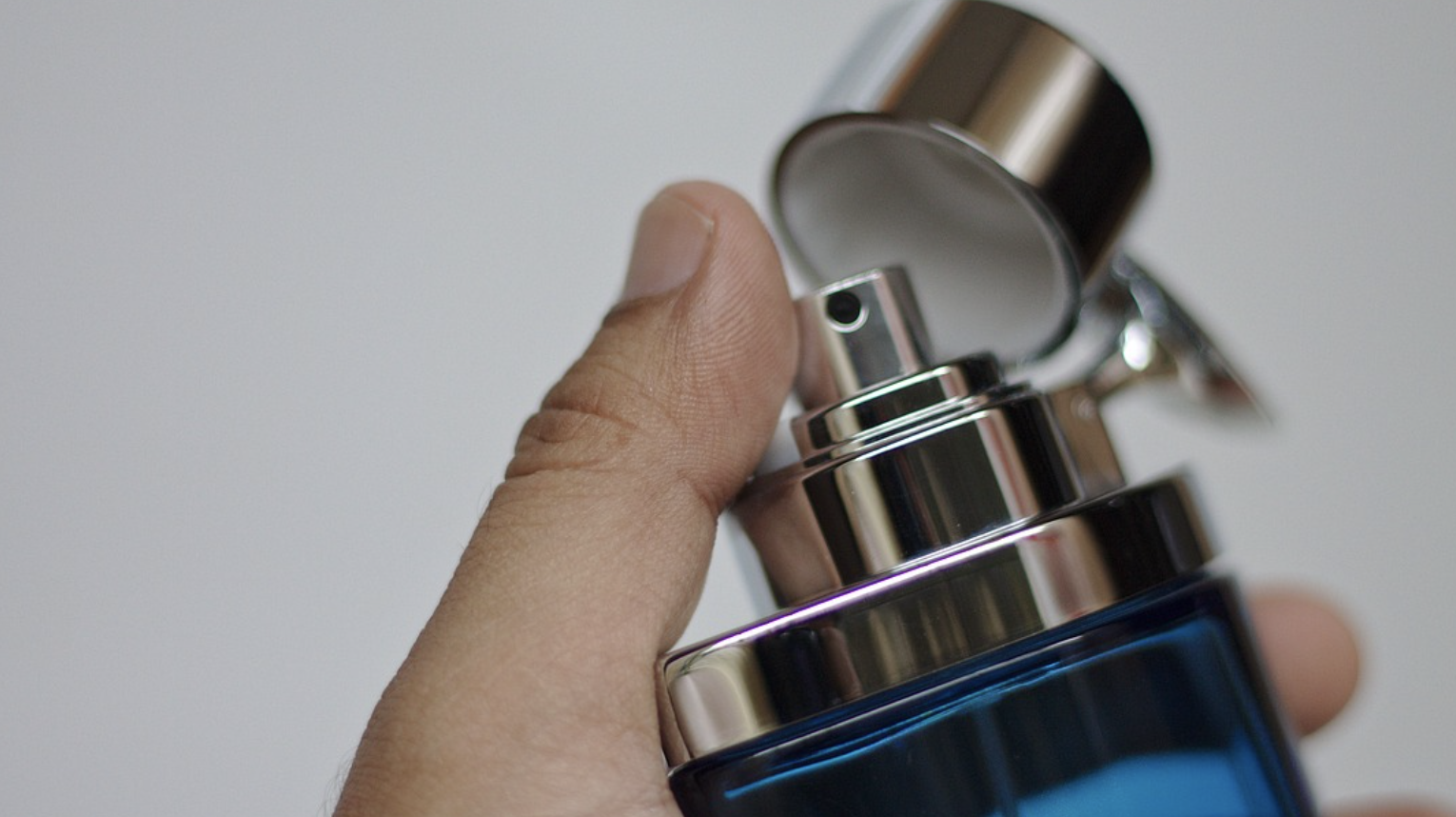Perfume notes are the core competency of a perfume’s construction. Understanding how notes affect a fragrance’s scent, scent over time, and longevity, helps you better select the right fragrance for your needs. We have an article strictly devoted to base notes; in this article, we’ll explore the three major fragrance notes as they work in unison.
Let’s get started.
What Are Perfume Notes?
There are three perfume notes to consider: Top notes, Middle notes, Base notes. All three of these notes, or layers, offer unique contributions to the overall scent experience.
In essence, fragrance notes form a pyramid structure.
Notes are utilized with several factors in mind, including their scent, how long they last (evaporation), and how they interact with other scents. This, of course, is a simpleton’s perspective, and the concept gets much more involved.
The longevity of the scent, which hinges on the evaporation process, is particularly important to the contribution of notes on a scientific level. The two core influencers are evaporation and time.
While perfumers take liberties and break rules, in general, top notes evaporate the fastest (typically under 20 minutes), middle notes take longer (3-5 hours), and base notes hand around the longest (sometimes a day or more).
And thus, the longevity of a perfume is a driver of its quality of a perfume, which makes the notes selected of critical importance.
Notes applied to the skin enter a “dry down” phase. In our perfume and fragrance reviews, you’ll often read about the “dry down” of the scent. As the perfume dries down on your skin, the fragrance molecules interact with your body’s unique chemistry and environment, causing the perfume to evolve and change. Heat, humidity, and your skin’s pH can all affect how a fragrance smells over time, making the same perfume smell slightly different from person to person.
Let’s further break down notes by top, middle, and base.
Top Notes – The Opening and First Impression

These are the initial scents you smell when you first apply the perfume. These notes are typically what you smell in what we call “the opening.” As mentioned prior, these notes often evaporate the quickest. Although some perfumers choose notes which last for hours, mostly, the opening gives way to the middle and base notes within 15 to 20 minutes.
Top notes are critical to perfume sales because they enact the consumer’s first impression. This is why we strongly believe you should use perfume samples at home rather than making expedited decisions in stores. When you buy a perfume off a sample in a store, you’re impulse buying only based on the opening, or first impression. Due to this, we often find fruity and floral notes in the top because that “pop” offers a fun vibrance that helps inspire a jovial mood.
A perfume journey includes much more than the opening, as you’ll see as we continue.
Middle Notes – The Heart of the Fragrance
As soon as the top notes fade, the middle notes arrive. Middle notes are crucial to the fragrance’s experience because most of the time, they last much longer than the top notes. They are the heart of the fragrance, often kicking in when you arrive at dinner, work, or a date. Middle notes often offer a balance that offsets more pronounced or aggressive top notes typically.
Base Notes – The Finale

If you read perfume reviews, you’ll know that base notes often feature more earthy scents, such as sandalwood, musk, and cedar. These notes typically serve as an ultimate counter to the top notes which may have featured a fruitier pop. But moreover, they’ll last a long, long time in some cases. Many people report that high-quality fragrance base notes lasting more than a day on the skin, and days on clothes. Due to this, base notes are of the utmost importance in a perfume’s composition and journey.
Although base notes are thought to be the tail end of the fragrance, they can make subtle appearances early in the experience, serving to balance top and middle notes.
This dynamic, temporal nature of perfumes is part of what makes them such a captivating form of personal expression. Understanding the journey of scent through evaporation and time can deepen your appreciation of this art form and help you find fragrances that you truly enjoy.

Comments are closed, but trackbacks and pingbacks are open.